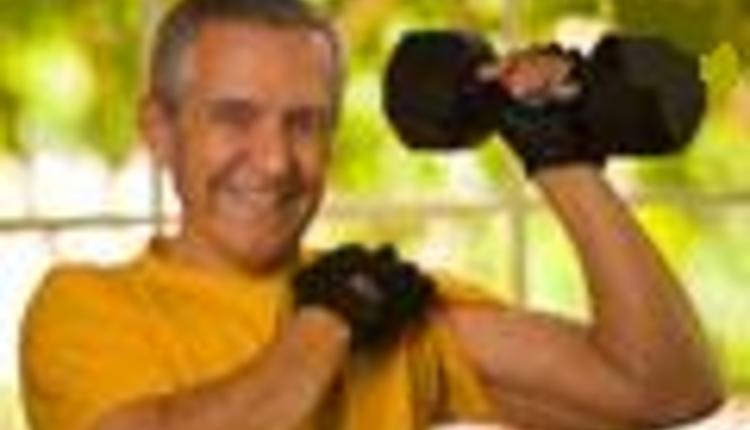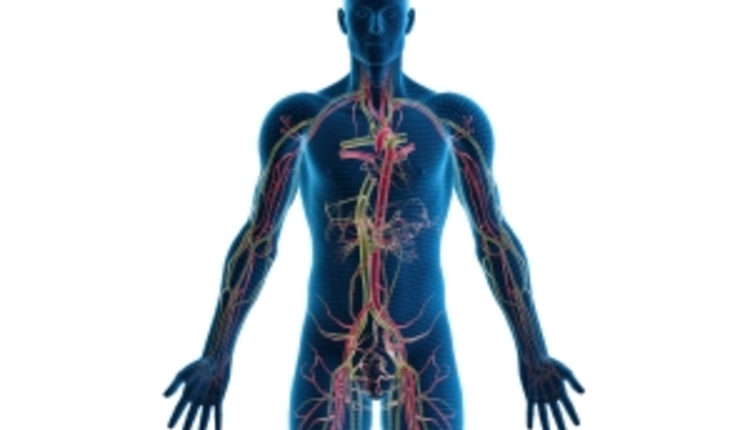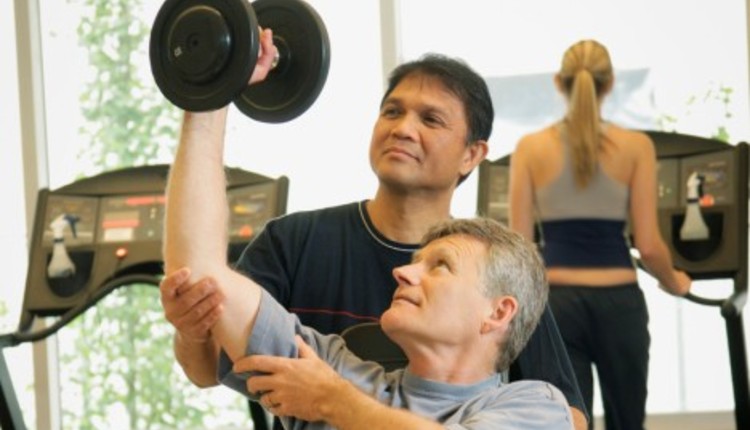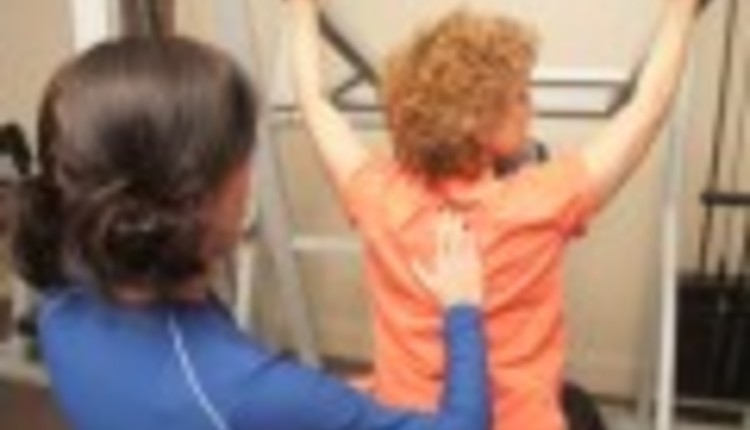
 Editor's Note: "The Boomers" is a six-part series on how you can make the baby boomer market successful within your fitness business. Part one, "Your Bread and Butter?" takes a data-supported look at the demand for this niche.
Editor's Note: "The Boomers" is a six-part series on how you can make the baby boomer market successful within your fitness business. Part one, "Your Bread and Butter?" takes a data-supported look at the demand for this niche. For more of this series and other articles about this population, see "Related Resources" below.
I just had a conversation with the education director for one of the larger club chains. He expressed his belief that many trainers expect to have a client base of athletes and younger, generally fit people. He continued on to say he felt they were disappointed as they found their bread and butter was, instead, the middle-aged and older adult, often with one or more physical issues.
I did a little research and discovered some interesting statistics. On January 1, 2006, the first baby boomers, born between 1946-63, started turning 60. This group is touted as the generation that created the modern health club industry. It is the largest (78 million), most health-conscious and most appearance-conscious generation in US history.
Next, according to American Sports Data President Harvey Lauer, "Twenty-five percent of the nation's health club members are now over 55." Add to that, IHRSA reports people over 55 represent at least 25% of the millions of Americans who pay for the services of a personal trainer.
Additionally, according to IDEA Health and Fitness Association's research, 51% of all personal training clientele are over the age of 45. If you do the math, you will find 26% of training clients are between the ages of 45-55. Another 25% are over 55 years old and most likely under 65. So about half of the people seeking the services of a personal trainer are between the ages of 45-65. About half! This group has more than 50% of the discretionary income, and they spend more of their income on health than any other item, according to the World Health Organization.
The education director's comments also got me thinking about what a trainer is generally taught in order to become certified, that is, how to train a generally younger, healthy population in the basics of strength, flexibility and endurance. We really don't learn all that much about how to work with the baby boomers, middle-aged and older adults when we become certified.
You might be asking yourself about now if that really matters, if there are really any big differences. There definitely are! To safely and effectively work with this group, you need advanced education. It is vital to understand the impact of aging and various related issues, plus the baby boomer mindset.
You will find baby boomer clients seeking your services for primarily two reasons. For some, it is an attempt to find their way to what might just be the closest thing there is to the "fountain of youth," which is a healthy lifestyle. For many others, seeking the services of a personal trainer comes after having a physician tell them it is imperative to make lifestyle changes in order to manage the myriad of chronic diseases that plague the average aging adult.
In either case, there is the need for an understanding of lifestyle diseases, such as osteoarthritis, diabetes and heart disease, to design a safe and effective program for your clients who are dealing with such issues. This includes a health assessment to identify what issues you will be dealing with, to see if a physician's clearance is in order or to determine if there is the need to refer the client to another professional with more experience and/or different expertise.
Unfortunately, I see some trainers working with the mature adult much the same as they would someone younger without regard for possible issues and physical changes that come with age, placing the client at risk for injury. Conversely, I see some trainers take a "light" approach for fear of hurting an older client. The result is no improvement.
Take the time to gain the knowledge needed to work with mature adults. As you find success in personalizing programs for them and teaching the basics of healthy lifestyle, they will tell everyone they know what you have done for them. Word-of-mouth will keep your training schedule full. But be warned, if you do a lackluster job for a mature adult, don't expect an endorsement or referral. This group as a whole is well-educated and expects a lot.
If you can deliver what they want and need, you will gain unmeasured loyalty that translates into the best kind of advertising -- word-of-mouth advertising.
Tammy Petersen is the founder and managing partner for the American Academy of Health and Fitness (www.aahf.info). She has written two books on older adult fitness and designs continuing education programs focusing on older adults (SrFit) and youth fitness (JrFit). For more information on these programs, please visit our online Shop.










